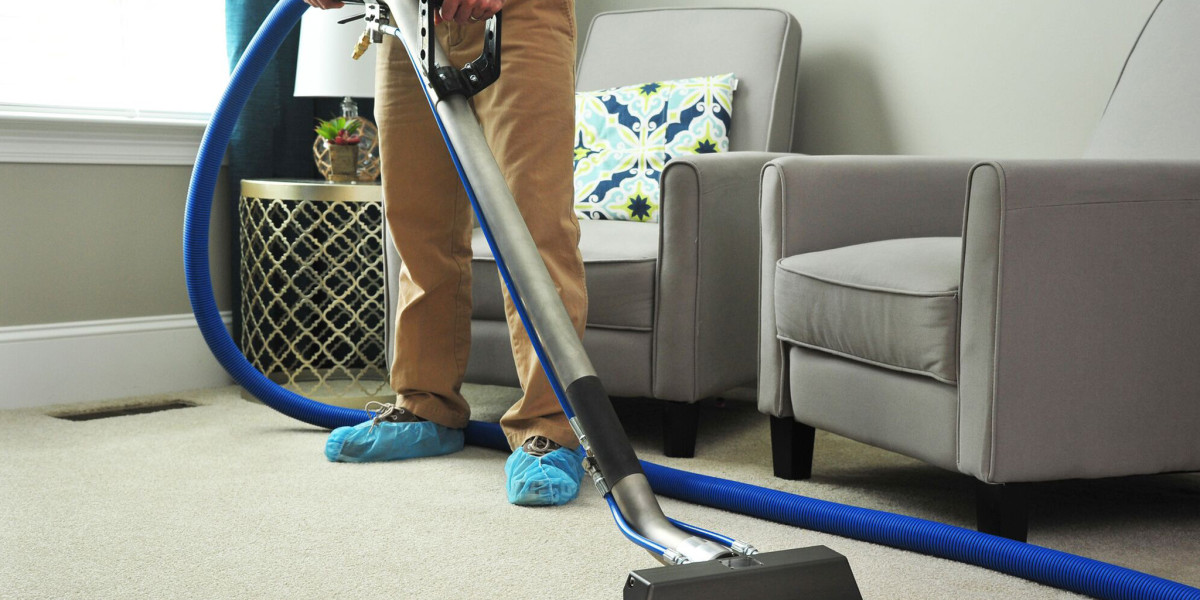Carpets are a popular flooring choice in homes and commercial spaces due to their aesthetic appeal and comfort. However, they require regular maintenance to preserve their appearance and longevity. This report delves into the various carpet cleaning methods, their benefits, and best practices for effective carpet maintenance.
Introduction
Carpet cleaning is essential for maintaining a clean and healthy indoor environment. Over time, carpets accumulate dirt, dust, allergens, and stains, which can impact air quality and overall hygiene. Regular cleaning not only enhances the appearance of carpets but also extends their lifespan. This report explores different carpet cleaning techniques, their advantages, and the recommended practices for optimal results.
Types of Carpet Cleaning Methods
- Vacuuming
- Benefits: Regular vacuuming prevents the buildup of dust and allergens, improving indoor air quality. It is a quick and convenient method that should be performed weekly or more frequently in high-traffic areas.
- Hot Water Extraction (Steam Cleaning)
- Benefits: Hot water extraction is highly effective in deep cleaning carpets, removing embedded dirt and allergens. It is often recommended by carpet manufacturers and can rejuvenate the carpet's appearance.
- Dry Cleaning
- Benefits: Dry cleaning is a low-moisture method that allows carpets to dry quickly, making it ideal for situations where immediate use is necessary. It is effective for delicate carpets that may be damaged by water.
- Bonnet Cleaning
- Benefits: Bonnet cleaning is effective for surface cleaning and is commonly used in commercial settings. It provides quick results but may not be as deep-cleaning as other methods.

- Encapsulation
- Benefits: Encapsulation is a low-moisture method that allows carpets to dry quickly and can be an effective way to maintain carpets in between deep steam carpet cleaning cleanings.
Benefits of Regular Carpet Cleaning
- Improved Indoor Air Quality
- Enhanced Appearance
- Extended Carpet Lifespan
- Elimination of Odors
- Stain Removal
Best Practices for Carpet Cleaning
- Establish a Cleaning Schedule
- Use Appropriate Cleaning Products
- Address Spills Promptly
- Professional Cleaning
- Protect Carpets with Mats and Rugs
- Regular Vacuuming
Conclusion
Carpet cleaning is a vital aspect of maintaining a healthy and aesthetically pleasing indoor environment. Understanding the various cleaning methods and their benefits enables homeowners and businesses to make informed decisions about carpet maintenance. Regular cleaning not only enhances the appearance of carpets but also contributes to improved air quality and longevity. By following best practices and scheduling professional cleanings, individuals can ensure their carpets remain in excellent condition for years to come. Investing time and resources into carpet cleaning is an essential part of home and office upkeep that pays off in comfort and health.








